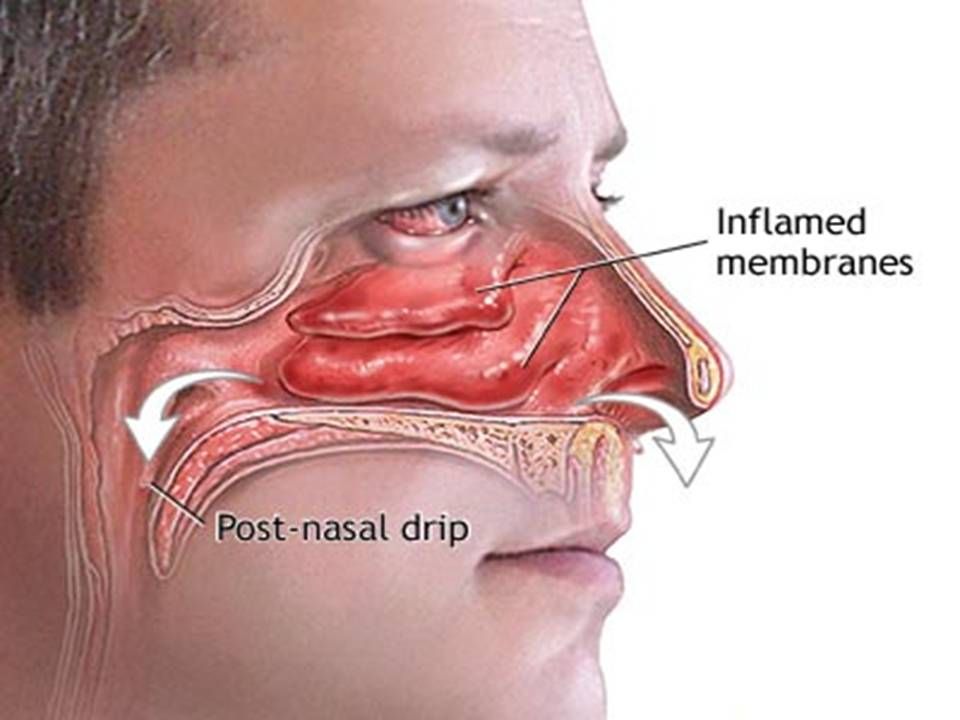New publications
Herbicides can trigger rare diseases
Last reviewed: 01.07.2025

All iLive content is medically reviewed or fact checked to ensure as much factual accuracy as possible.
We have strict sourcing guidelines and only link to reputable media sites, academic research institutions and, whenever possible, medically peer reviewed studies. Note that the numbers in parentheses ([1], [2], etc.) are clickable links to these studies.
If you feel that any of our content is inaccurate, out-of-date, or otherwise questionable, please select it and press Ctrl + Enter.

Chemicals used to control unwanted plants, mainly weeds, are herbicides, which, when released into the soil, can negatively affect the ecosystem of water bodies, have a toxic effect, and also lead to the death of plants, animals, and people.
The development of herbicides in the United States as chemical weed control agents began during World War II. Scientists at Texas A&M research institutions and their colleagues at Baylor College of Medicine concluded that the use of these chemicals may be associated with an increased risk of developing nasal cavity abnormalities called choanal atresia.
Choanal atresia is a developmental defect that consists of complete closure or narrowing of one or both nasal cavities by a soft tissue or bony septum.

Symptoms of this disease appear soon after the birth of the child, when his breathing becomes significantly more difficult. Choanal atresia is a rare disease and can only be treated in one way - with the help of surgical intervention.
At the moment, science finds it difficult to name the specific factors that cause this disease.
However, one of the study's lead authors, Dr. Philippe Lupo, an associate professor of pediatrics at Baylor College of Medicine and a member of the Texas Children's Cancer Center, says that choanal atresia may be associated with the use of herbicides, which, when ingested, disrupt the endocrine system of the expectant mother.
During the research, scientists examined the effect of atrazine on the body - a herbicide that is most common in agricultural practice. It is used to treat grain crops. The goal of the specialists is to find out whether this type of herbicide has an effect on the human endocrine system.
"Unfortunately, science has insufficient knowledge about endocrine disruptors - substances that disrupt the endocrine system. They have been poorly studied, but there are suggestions that these substances block the natural functions of some hormones. This process occurs as follows: endocrine disruptors interfere with the work of hormones and begin to imitate their actions, which is the cause of failures," the researchers comment.
According to the data obtained, those pregnant women who live in regions where the level of herbicide use is highest are at the greatest risk. Such dangerous areas include Texas. Residents of this state had a high risk of giving birth to a child with the anomaly of choanal atresia - up to 80%.
Despite the fact that the conducted studies indicate the danger that herbicides pose to future generations, scientists are in no hurry to draw unambiguous conclusions. More extensive studies of this problem are needed.
“However, even one study is already a first step towards understanding the causes of this rare disease,” summed up Philippe Lupo.

 [
[